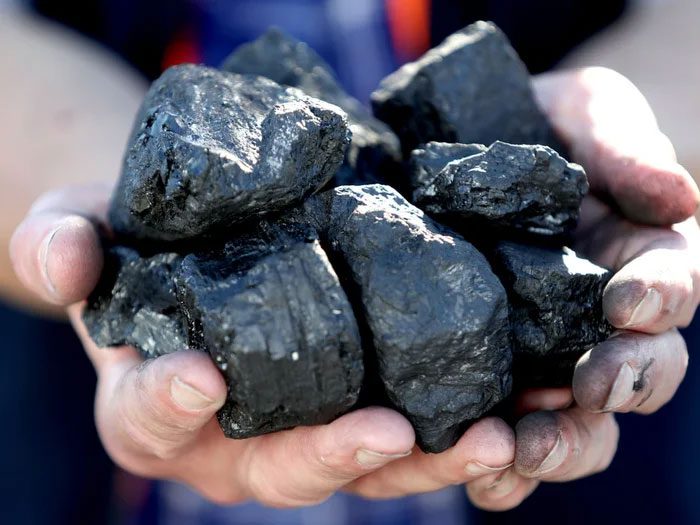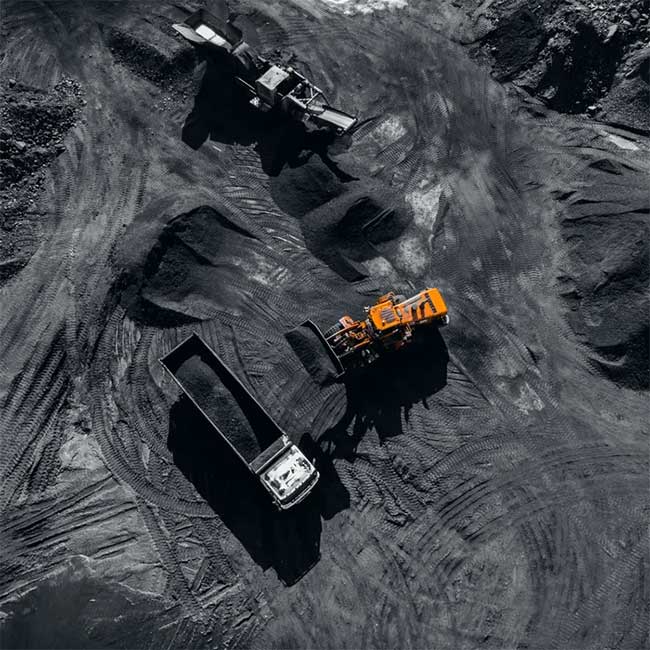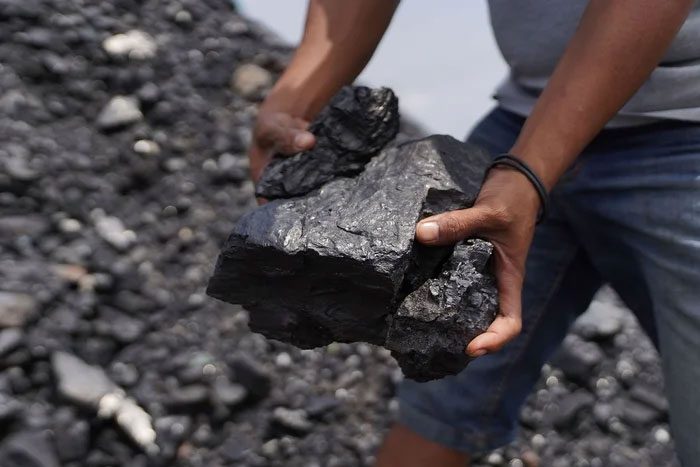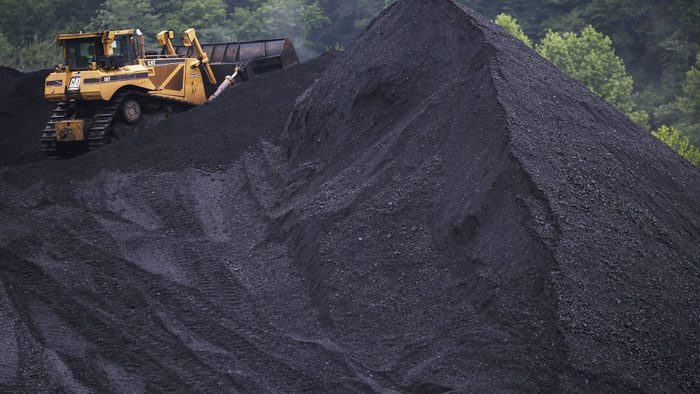The formation of coal remains one of the greatest mysteries in the scientific community. However, numerous studies and hypotheses regarding the origins of coal formation have been proposed over time.
Most scientists have long established a unified view on coal formation: Coal deposits are formed through the continuous growth, death, and accumulation of ancient plant species in peat swamps, which are subsequently transformed by the movements of tectonic plates.
Yet, some scientists present an alternative viewpoint. They argue that coal may not originate from the transformation of ancient plants but could very well come from outer space.

Currently, most scientists believe that coal is a type of fossil fuel, formed from buried vegetation that undergoes various stages from peat. This gradually transforms into lignite, also known as brown coal, and then into sub-bituminous coal. Eventually, it becomes bituminous coal. Finally, it transforms into anthracite.
Most scientists agree that the cause of coal formation is the transformation of vegetation in ancient times, as well-preserved plant fossils have been found in coal deposits; the plant tissues and spores can be observed clearly under a microscope.
However, some scientists question this. They assert that the evidence is insufficient to explain the existence of coal. For example, in coal mines in Shanxi, Shaanxi, and other regions in China, locations initially proven to lack coal have eventually revealed coal deposits.

Coal itself has many variations in properties and can be classified into four main types or ranks – lignite, sub-bituminous, bituminous, and anthracite – in order of increasing carbon content and energy. Most of the coal burned in power plants is bituminous or sub-bituminous coal. A fifth type, known as metallurgical coal (or “coke”), is used for steel production.
Some scientists are skeptical that plant fossils provide enough evidence to conclude that vegetation turns into coal, as these plant fossils exist not only in coal seams but also in other rock formations.
Some researchers have questioned whether certain thin coal seams could form after plants grow, die, and accumulate naturally and deposit. Therefore, the cause of coal creation must relate to the processes of transport, impact, and precipitation of water.

All types of coal also contain sulfur, which releases toxic air when burned. The sulfur content is determined by the conditions under which coal is formed. Coal deposits with low sulfur content develop in freshwater environments; those with high sulfur content come from brackish swamps or marine-influenced environments.
When mining coal deposits, one can see gangue (the waste rock) mixed within the coal seam, and the gangue layers vary in thickness. They are closely associated with the coal seams and can be traced. Observing the gangue also reveals signs of the impact and water processing on the surface.
Regarding the formation of thick coal seams, some scientists argue that this is not the result of the natural growth, death, accumulation, and burial of ancient plants, but rather the formation of coal-rich materials transported by rainwater to depressions during the accumulation of ancient coal. Over a long period, the frequency of impacts increases, leading to the formation of very thick coal seams.

Most scientists believe that coal formation cannot be separated from vegetation.
Regarding the causes of coal formation, some scientists argue that if plants fossilize into coal, they must be quickly buried and isolated from air on the premise that they are not decomposed or eroded by large numbers of bacteria, allowing the plant sediments to form coal.
On the other hand, peat swamps belong to a corrosive shallow water environment, with water sourced from natural rainfall and groundwater; in this environment, growth, death, and accumulation can only transform into saprolite.
Most scientists believe that coal formation cannot be separated from vegetation, but some have discovered that coal existed before vascular plants appeared.
Vascular plants date back 306 million years, but the earliest coal formations were established 600 million years ago in China – during the Ediacaran Period.
Coal seams extend throughout Zhejiang, Anhui, Hunan, and other regions, with abundant reserves; even massive seams several meters thick, sometimes hundreds of meters thick, existed at a time when higher plants and peat swamps were not yet present on Earth.

Coal mining.
Thus, some scientists argue that coal is not transformed from ancient plants but that coal-containing materials could originate from space, arriving on Earth 1.1 billion years after the Big Bang, forming coal seams.
However, to prove this hypothesis, these scientists not only need to study geological structures but also explore the laws of celestial bodies, and there is still a long way to go.




















































